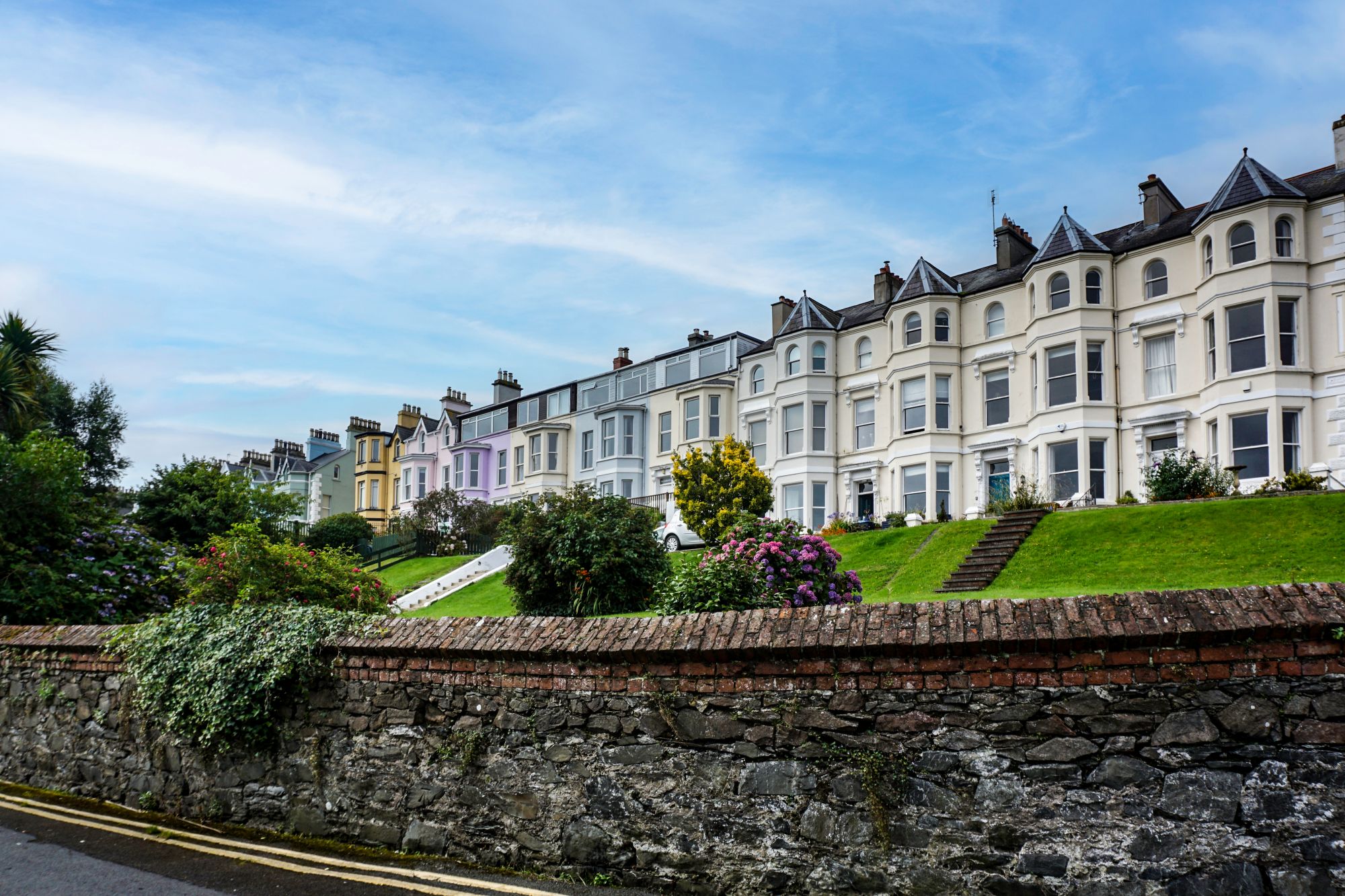The latest Northern Ireland Quarterly House Price Index Report (NIQHPIR) highlights that Northern Ireland’s housing market experienced strong activity in Q2 2024, with 3,304 transactions, representing a 10% increase from Q1 2024. This marks the highest level of market activity since early 2022.
The average house price in Q2 2024 rose at a modest rate of 2.5%, the average house price is currently £211,225, the highest since Q2 2008. This figure represents a 2.6% increase from Q1 2024 and annually a 2.5% increase from Q2 2023. Despite rising prices, the market structure remains more balanced than the 2008 housing bubble whereby 50% of properties sold for over £200,000, compared to 38% in 2024.
In Q2 2024, new build properties constituted 14% of transactions, higher than most recent reports however it remains below the long-term trend of 20-25%. The average new build price was £265,299, significantly higher than the overall market average. Within the construction sector, material shortages have eased, and while inflationary pressures persist, they have eased to a 'moderate' level. However, skills shortages and uncertainty about future work programs continue to hinder new build completions and limit the availability of quality housing stock.
The Quarterly House Price Index, produced by Ulster University in partnership with the Northern Ireland Housing Executive and Progressive Building Society, analyses the performance of the Northern Ireland housing market during the second quarter of 2024 (April, May, and June).
With inflation finally hitting its 2% target in May 2024, and holding in June, general market optimism increased with a belief that interest rates might be cut within quarter three of the year. As a result, there are strong signs of a mortgage price war gathering pace as many mainstream market lenders begin to lower their mortgage rates. This more stable financial environment has started to play its part within the housing market, as evidence suggests that buyer enquiries, listings, and sales transactions are up in quarter one of 2024. However, despite this more stable footing, some prospective buyers may continue to play the waiting game to see how the market plays out over the rest of 2024.
Experts analysed quarterly price change, by property type which showed mixed price movements across the market sectors, as the market continues to adjust to the wider economic climate and financial setting. Detached properties showed the most significant price growth, with an annual increase of 5.0% and a quarterly rise of 3.6%, recording an average price of £314,394. Prices for terrace and townhouses increased by 1.9% quarterly and 5.0% annually, with an average price of £144,138. Semi-detached homes saw minimal quarterly growth of 0.1% and a slight annual decline of 0.6%, maintaining an average price of £193,974. Apartment prices rose by 2.9% quarterly but faced an annual decrease of 1.2%, averaging £156,300. Overall, the annual rate of price change – which slowed over the course of 2023 – exhibits an unweighted increase of 4.8% compared to Q2 2023.
Introducing the findings, Dr Michael McCord, Reader in valuation, investment and finance at Ulster University, and lead researcher stated:
“Quarter two of 2024 has seen increasing momentum within the housing market as interest rates have stabilised, inflation eased to target levels, and an increasing competitive borrowing environment evident as lenders continue to cut their rates. This more benign macro-economic setting has seen heightened consumer confidence within the housing market depicted by elevated transaction levels, listings, and continued house price growth evident throughout the quarter. This house price growth looks to continue over the remainder of 2024 as supply constraints and a reduction in new build activity continues to impact on market activity."
Ursula McAnulty, Head of Research at the Housing Executive, which commissions the analysis, said:
“This most recent Q2 2024 report indicates continuing stability within the housing market in N. Ireland, with a modest annual weighted house price growth of 2.5%, bringing the average price of a home in Northern Ireland to £211,000. There are signals that this steady house price growth will continue: Q2 2024 recorded the highest number of transactions since early 2022, over 60% of agents expected continued house price growth moving into the second half of 2024 and over 70% of agents report improved consumer confidence in their market area. Once again, the continuing supply constraints was flagged by agents and, coupled with the ongoing demand, all point to steady upward growth of house prices.”
Michael Boyd, Chief Executive of Progressive Building Society, said:
“A resumption of the uptrend for the Northern Ireland housing market in the second quarter of the year reflects the steady slide in inflation and the still-tight supply and demand picture. Growing expectation that the Bank of England will cut interest rates in the coming months has already brought high street rates lower, although recent murmurings from the central bank suggest any further cutting of rates will be measured, particularly in the immediate future. In the meantime, a lack of new stock – either new build or for resale – coming on to the market looks likely to limit any downside.”
The Northern Ireland housing market in Q2 2024 demonstrates resilience and growth, supported by stable economic factors and strong buyer demand. It is anticipated to maintain its upward trajectory, with sustained demand and potential interest rate cuts boosting buyer activity. However, supply issues may continue to challenge the market's balance. The potential easing of interest rates and continued government initiatives may further influence market trends as the year progresses.
Read the full report findings: Northern Ireland Quarterly House Price Index Q2 2024

















